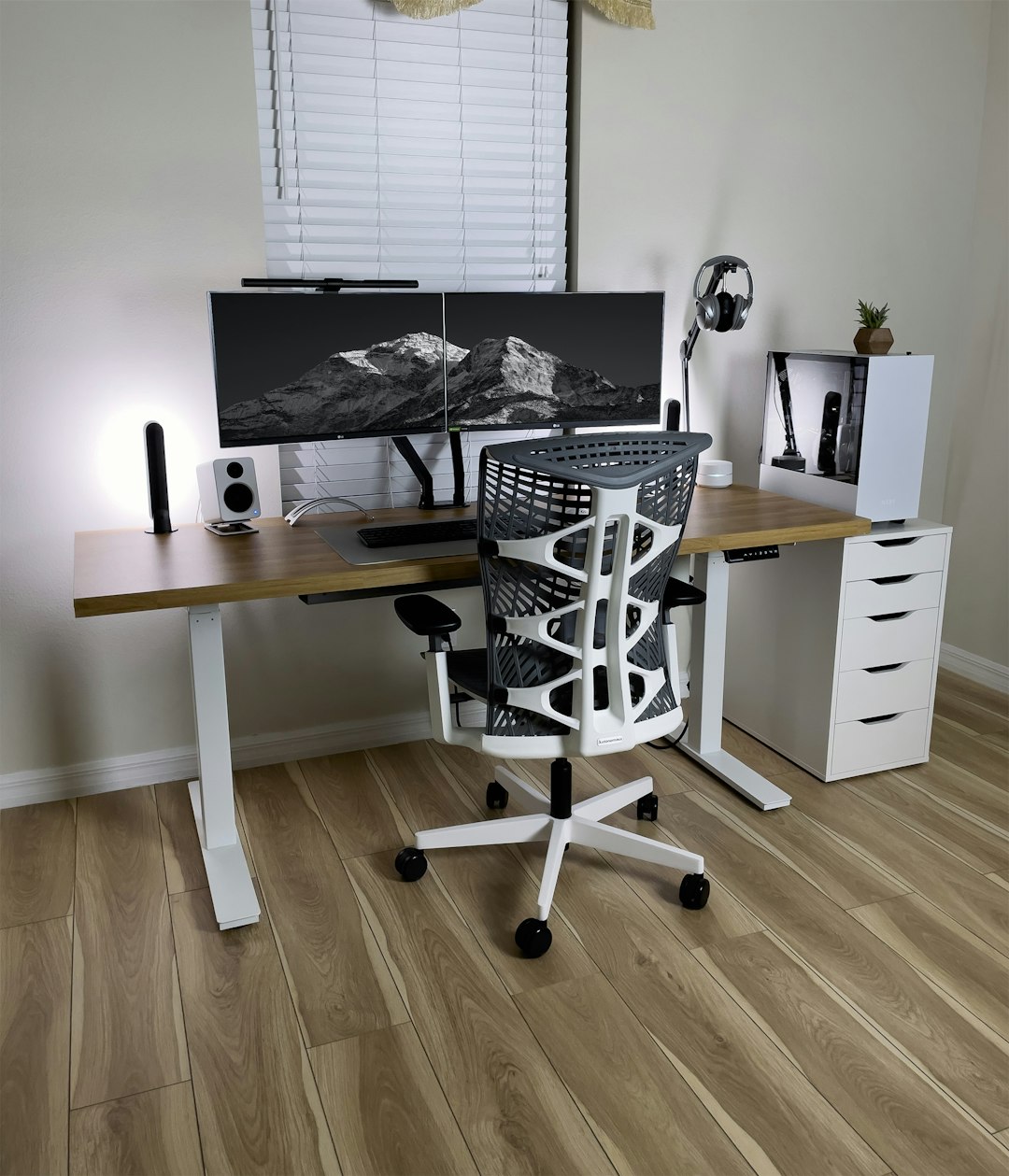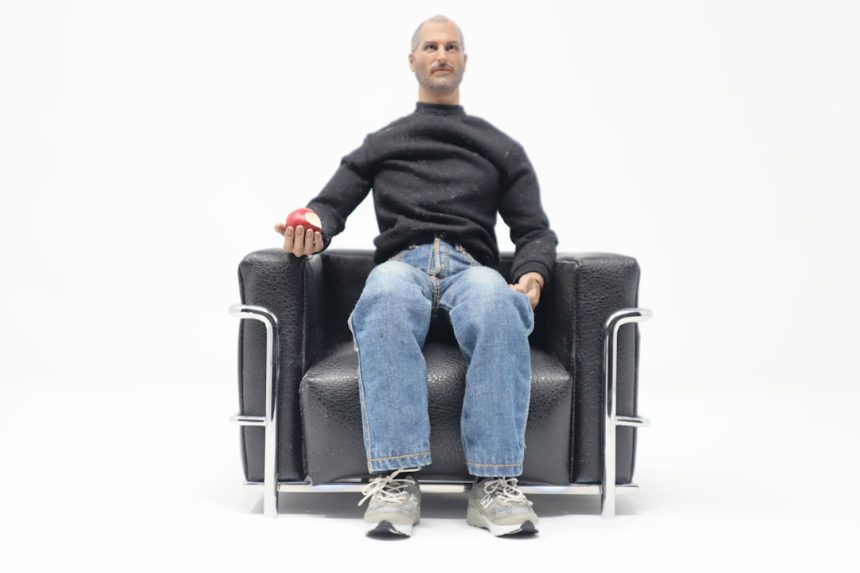Modern workspaces increasingly emphasize comfort and productivity, and desk chair ergonomics play a central role in that equation. Poor posture and long periods of sitting can lead to discomfort, fatigue, and in some cases, long-term musculoskeletal issues. Understanding what to adjust in a desk chair can significantly improve one’s posture, well-being, and overall work performance. Whether in a home office or a corporate environment, the key to ergonomic seating lies in aligning the chair to the user’s body, not the other way around.
Why Ergonomics Matter
Ergonomics is the science of fitting the workplace to the worker. Proper ergonomic adjustments in a desk chair reduce strain on the body, promote better posture, and help maintain comfort during prolonged sitting. An ergonomic chair can also help prevent repetitive strain injuries (RSIs), lower back pain, and neck stiffness.

Too often, people assume buying an “ergonomic chair” automatically ensures proper support. However, even the best chair won’t help if it’s not correctly adjusted to the user’s dimensions and workstation. Here’s what can and should be adjusted in a desk chair for optimal ergonomics.
1. Seat Height
Seat height is the foundation of ergonomic seating. Most ergonomic chairs offer a height-adjustable option, typically controlled by a pneumatic lever located under the seat. The correct height should enable the user to place their feet flat on the floor with their knees at or just below hip level, forming a 90-100 degree angle at the knees.
- Too high: Feet dangle, placing pressure on the backs of thighs.
- Too low: Knees rise above hips, leading to slouched posture and back strain.
Users should also consider the height of their desk when adjusting the chair, ensuring that arms comfortably align with the desk surface.
2. Seat Depth
Seat depth refers to the distance between the front of the seat and the backrest. Ideally, there should be 2–4 inches of space between the back of the knees and the edge of the seat. Adjusting this ensures that the seat supports the thighs evenly without cutting off circulation behind the knees.
Some chairs come with a sliding seat pan adjustment. If not, users may need to consider a chair that better suits their body dimensions.
3. Backrest Support and Angle
The backrest plays a crucial role in supporting the lumbar spine’s natural curve. Users should aim to have the lumbar support sit comfortably in the lower back region, ideally supporting the inward curve just above the beltline.
- Adjust lumbar support height or depth: If the chair offers it, ensure lumbar support is firm and correctly aligned.
- Backrest angle: Slight recline (100–110 degrees) reduces pressure on lower spine.
A common mistake is sitting bolt upright all day. Instead, a slightly reclined position allows the backrest to share body weight, reducing spinal compression and fatigue.
4. Armrests
Properly adjusted armrests relieve pressure on the shoulders and neck. Not all chairs have adjustable armrests, but when available, they should be:
- Height-adjustable to align with elbows bent at 90 degrees.
- Wide enough apart to allow for relaxed shoulders.
- Optional pivot or width adjustments to move closer or farther, depending on torso size.
It’s important that armrests don’t lift the shoulders or push the arms too far apart, both of which can cause muscle strain. Users should also be able to move close to their desk without armrest interference.

5. Seat Tilt and Forward Tilt
The seat tilt feature can enhance comfort, especially for users who shift postures during the day. A slight forward tilt can be beneficial during tasks like typing or writing, keeping the pelvis in a more upright position and promoting spinal alignment.
Chairs with a forward tilt mechanism often allow for the seat to be locked in a specific angle, typically between 5–15 degrees forward. It’s especially useful for individuals who find themselves leaning forward routinely during work.
6. Headrests
Though optional, headrests can be helpful for users with neck issues or during reclining positions. A properly adjusted headrest should support the back of the head comfortably without pushing it too far forward.
7. Movement and Mobility
Dynamic movement is essential for circulation and reducing the effects of prolonged sitting. Chairs with tilt or synchro-tilt mechanisms allow the seat and backrest to move together, encouraging users to change posture throughout the day.
Additionally, wheels or casters that match the flooring type improve mobility and reduce awkward twisting or stretching. Swivel functionality is also important, ensuring the user can reach different areas of the workstation without strain.
8. Foot Position and Support
Even if all aspects of the chair are adjusted correctly, some users may still find their feet do not reach the ground. In such cases, a footrest is extremely useful to maintain proper posture and blood circulation.
Feet should remain flat and fully supported. Dangling feet or poor foot support can increase pressure on thighs and lower spine.
Final Thoughts
Ergonomic seating is not about sitting perfectly still. It’s about maintaining neutral posture, reducing strain, and encouraging small movements that promote circulation and comfort throughout the day.
Even the most ergonomic chair requires regular posture adjustments and breaks from sitting. Combining properly adjusted seating with habits like stretching and screen breaks will create a workspace that truly supports well-being and productivity.
Frequently Asked Questions (FAQ)
- Q: How often should I check my chair adjustments?
A: It’s a good idea to review your chair adjustments at least once a month or when changing desks or tasks. - Q: What if my chair doesn’t offer all these adjustments?
A: You might consider ergonomic accessories like lumbar cushions, footrests, or adjustable arm supports. If your job requires long hours at a desk, upgrading to a fully adjustable chair may be worth the investment. - Q: Is standing better than sitting?
A: Alternating between sitting and standing is ideal. Prolonged sitting or standing can be harmful, so incorporating movement and position changes throughout the day is best. - Q: Can children and teens use ergonomic chairs?
A: Yes, but they need appropriately sized and adjustable furniture. The same ergonomic principles apply, but proportions must suit smaller bodies. - Q: Are gaming chairs ergonomic?
A: Some gaming chairs offer ergonomic features, but many prioritize design over function. Buyers should look for chairs providing adjustable lumbar support, seat height, and armrests to ensure ergonomic suitability.
A good ergonomic setup begins with the chair, but it extends to the overall workspace. By learning how to adjust a desk chair properly, individuals take the first crucial step toward healthier, more productive work habits.







